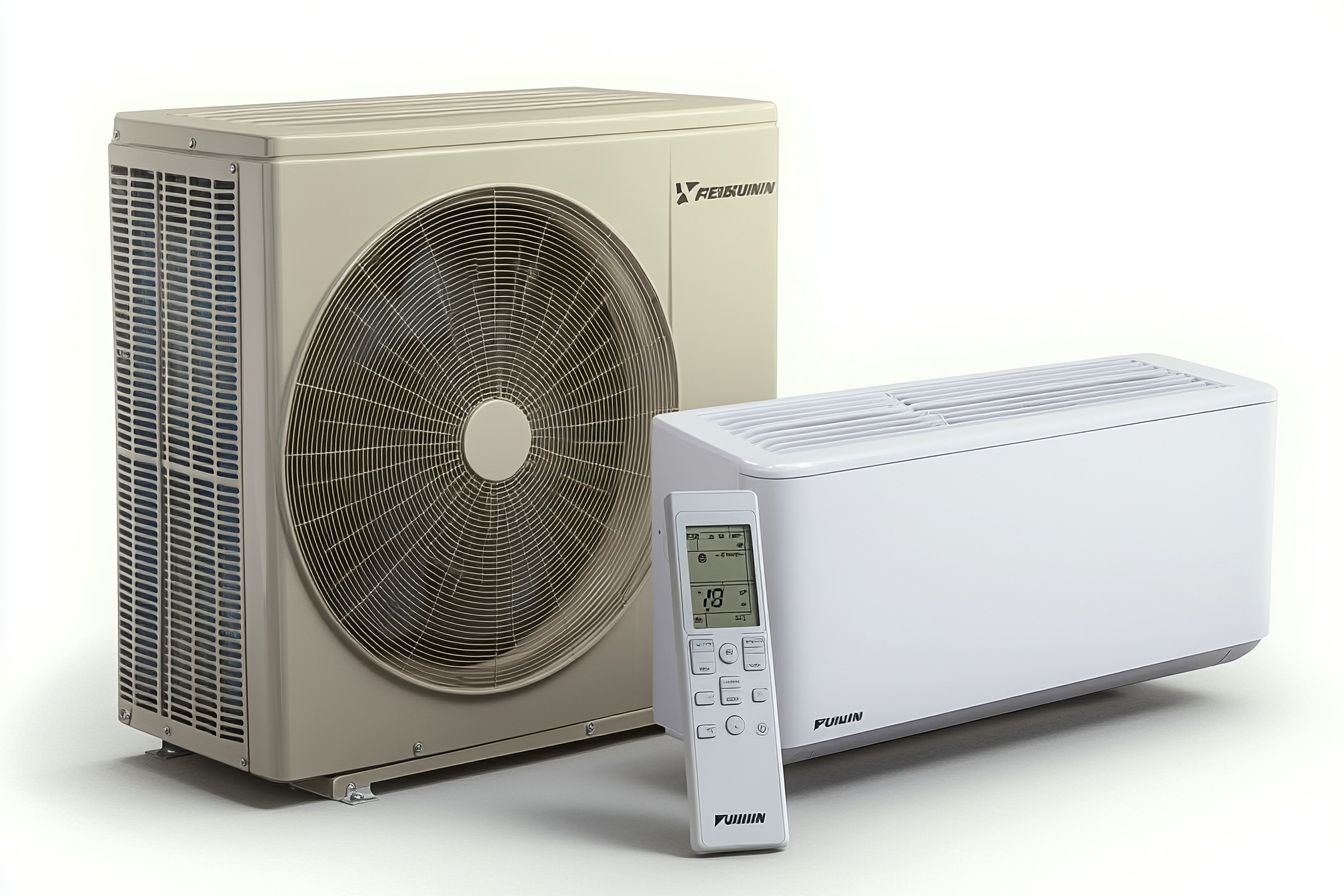Air Duct Cleaning: Boost HVAC Performance and Indoor Air
Air duct cleaning is a focused service that removes accumulated dust, debris, and contaminants from the ducts and components of a building’s HVAC system. Regular cleaning can reduce dust recirculation, help systems run more efficiently, and address visible buildup in registers and vents. Understanding what cleaning involves and when it helps most will let you make a practical choice for healthier indoor air and system longevity.

This article is for informational purposes only and should not be considered medical advice. Please consult a qualified healthcare professional for personalized guidance and treatment.
What is air duct cleaning?
Air duct cleaning refers to the professional removal of dust, pollen, mold spores, pet dander, and other debris from the ductwork, registers, grilles, heat exchanger, and blower fan within an HVAC system. Technicians use specialized vacuums, brushes, and agitation tools to dislodge and extract particles that settle inside a closed airflow system. The goal is to prevent debris from cycling back into living spaces and to remove visible contamination. It’s not a cure-all but can address clear buildup and improve the functioning of ventilation components.
How does cleaning affect HVAC systems?
Cleaning the ductwork and key HVAC components can reduce airflow restrictions caused by accumulated dust and debris. When ducts and blower housings are clogged, the system works harder to move air, which can increase energy use and strain mechanical parts. Removing deposits can restore more consistent airflow, improve heat exchange efficiency, and may reduce wear on motors and belts. However, results vary by system condition; cleaning is most beneficial when there’s significant debris, contamination, or after renovation work that introduced dust into the system.
How does dust build up in ductwork?
Dust enters ducts from many sources: settled household dust, pet hair, construction debris, and small particles drawn in through returns or introduced during filter changes. Poor filtration, gaps in duct seals, and infrequent maintenance accelerate buildup. Over time, layers of dust can collect in bends and plenums where airflow slows. In some cases, moisture and organic material can encourage mold growth, which requires targeted remediation. Routine filter replacement and good sealing practices reduce dust accumulation and prolong the time between professional cleanings.
Can cleaning improve indoor air quality?
Cleaning can lower the concentration of dust and allergenic particles that recirculate through HVAC systems, which may benefit occupants sensitive to airborne irritants. Removing visible mold or pest debris from ducts can also reduce sources of odors and biological contaminants. That said, duct cleaning is just one element of indoor air quality management: proper filtration, source control (reducing indoor pollutants), ventilation, humidity control, and regular HVAC maintenance all contribute. Expect incremental improvements when cleaning is combined with these broader measures.
When should you call local services for cleaning?
Consider professional duct cleaning when you observe substantial dust or debris blowing from vents, persistent odors after other remedies, evidence of mold or pest infestation, or following major renovation work that generated dust. Homeowners with pets, allergy sufferers, or occupants with respiratory sensitivities may also find value in more frequent attention. Choose a reputable local services provider with HVAC experience, clear service descriptions, and references. Ask about the tools and procedures they use, whether they clean the full system (including coils and blowers), and how they verify debris removal.
How to maintain HVAC and ducts between cleanings
Between professional visits, keep filters replaced on schedule with the recommended MERV rating for your system, and run HVAC fans periodically to prevent stagnation. Seal visible gaps in duct joints and ensure return grilles are unobstructed to reduce dust ingress. Use good household practices—vacuuming with a HEPA filter, controlling pet dander, and minimizing indoor smoking or candle use—to lower particulate load. Schedule routine HVAC inspections to catch issues early; addressing leaks, insulation problems, or abnormal noises promptly helps avoid conditions that increase the need for cleaning.
Conclusion
Air duct cleaning can be a useful component of a broader HVAC care and indoor air quality plan, particularly when visible contamination, odors, or post-construction dust are present. It tends to be most effective when paired with proper filtration, sealing, and routine system maintenance. Assess your home’s specific conditions, consult qualified local services, and prioritize preventive practices to extend system life and keep indoor air cleaner.






